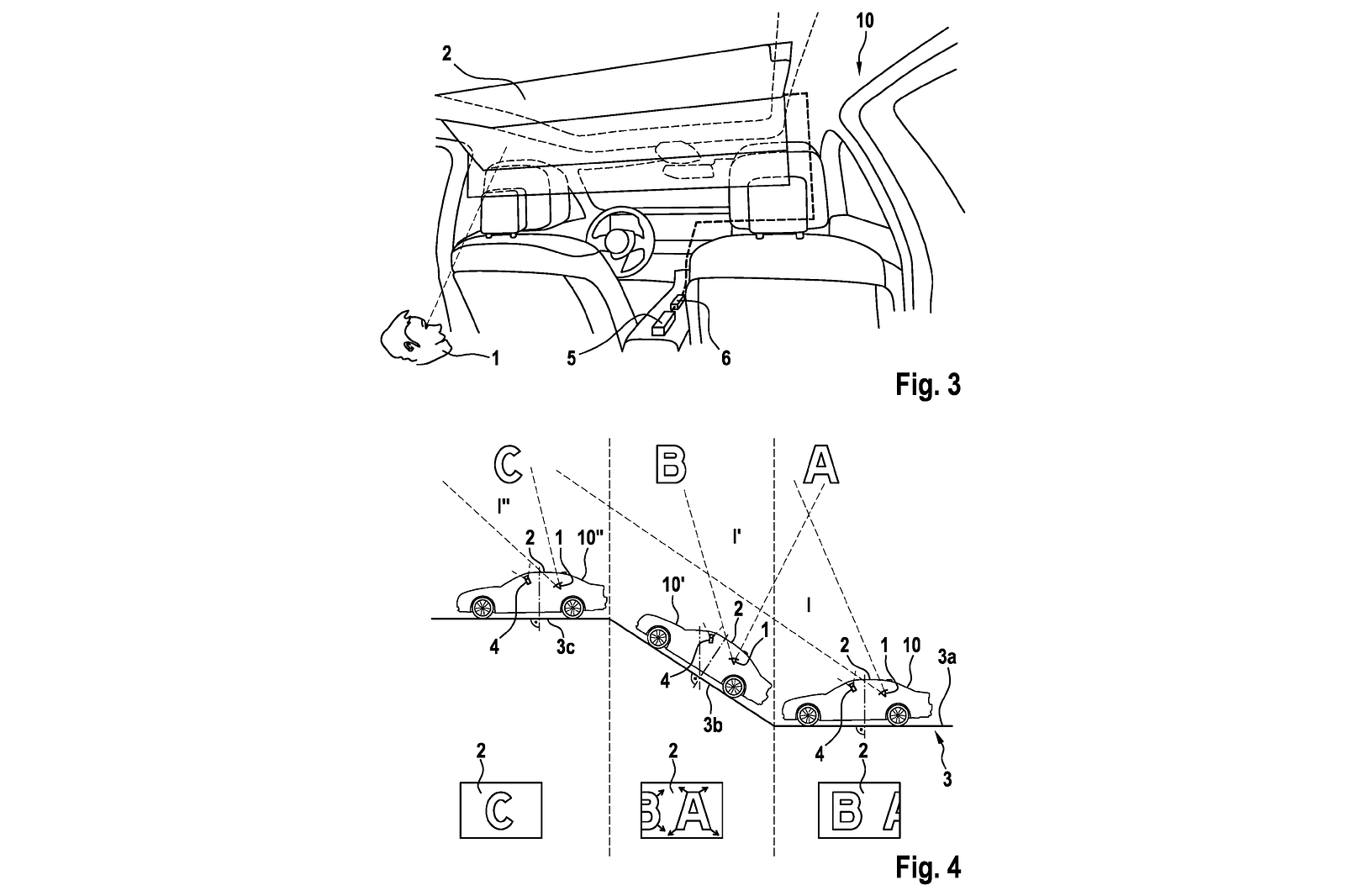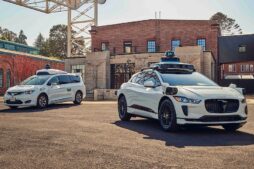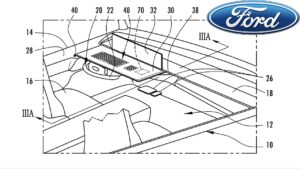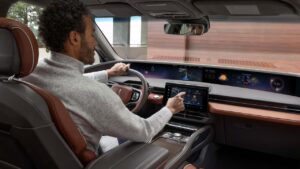Stop it before it happens.
BMW has recently submitted a patent with the aim of solving the issue of motion sickness for passengers in cars, specifically those in the back seat. CarBuzz stumbled upon this patent on file with the European Patent Office, which outlines a concept where a display is mounted on the car’s roof to prevent occupants from feeling nauseous while traveling.The patent proposes the use of a roof-mounted display, similar to the Theater Screen found in the latest BMW 7 Series, as a means to combat motion sickness. The display would provide visual stimulation that can help distract and soothe passengers, making their journey more comfortable. This technology could be particularly beneficial for those who are prone to motion sickness or experience discomfort during long drives.This innovative idea by BMW is intended to enhance the overall riding experience and make it more enjoyable for passengers, especially in the rear seats. With the increasing popularity of ridesharing services and car sharing programs, such a solution could greatly improve the comfort level for passengers when using these vehicles.BMW’s patent shows their commitment to continuously improving the driving experience for their customers and addressing common issues like motion sickness. If implemented, this technology could potentially revolutionize the way we travel in cars and make journeys much more pleasant for passengers. Overall, this patent demonstrates BMW’s dedication to innovation
For many years, both car manufacturers and ride-hailing companies have been striving to find remedies for motion sickness. Volkswagen has proposed ideas such as adjustable seats and LED lighting, while Jaguar has invested significant resources in studying ways to alleviate the brain’s cognitive disorientation that triggers this discomfort.
As technology advances and the possibility of self-driving cars becomes a tangible reality, motion sickness is expected to become more prevalent among individuals who have never previously experienced it. This may seem insignificant to those who are not affected by this condition, but for BMW, it is a concern that needs to be addressed.The approaching era of self-driving cars has the potential to significantly impact the transportation industry. However, it also brings about a new challenge – motion sickness. BMW recognizes the need to proactively address this issue as it is likely to affect both current and future car owners.While motion sickness has always been a problem for some during car rides, the introduction of self-driving technology could potentially increase its reach to a larger segment of the population. With this in mind, BMW is taking steps to prepare for and minimize the effects of motion sickness in their vehicles.BMW’s dedication to addressing motion sickness goes beyond simply acknowledging its potential to become an issue. The company has taken active measures to research and find solutions to prevent or alleviate this discomfort in their cars. Through partnerships with experts in the field of motion sickness, BMW is working towards implementing technologies and features that can mitigate its effects.In conclusion, although it may seem trivial to some, BMW understands the significance of motion sickness in the age of


A great solution would involve a panoramic glass roof, which when combined with the windows, can effectively give the illusion of movement to those prone to motion sickness. However, BMW’s innovative ceiling-mounted display and other elaborate ceiling designs lessen the advantage of a glass roof. In order to combat this, BMW has devised a plan to make it appear as though the ceiling is transparent. This can be achieved in vehicles equipped with a retractable ceiling-mounted display by projecting images onto the existing screen. Another possibility would be to project images directly onto the ceiling itself.
Both options would necessitate the use of eye-tracking in order to guarantee that the visuals are synchronized. Of course, with just one display, only one person sitting in the backseat would be accommodated. However, if there were multiple passengers in the vehicle, virtual and augmented reality technology could fill in the missing pieces.

Multiple sensors are necessary for a system as intricate as this. According to BMW, the display attached to the ceiling must consider various factors such as the car’s angle in relation to the sky, its velocity and orientation compared to stationary celestial objects like the sun, moon, and stars, and any flying creatures that may be visible through the vehicle’s actual windows.
Cameras have the capability to record the outside view of the vehicle and transmit visual displays onto a screen mounted on the ceiling. BMW has also incorporated GPS, weather updates, and celestial data to ensure precise projections regardless of atmospheric conditions or lighting. Furthermore, artificial intelligence can enhance the display on the ceiling for a more dynamic effect when gazing at a clear sky.
The integration of accelerometer and gyroscope sensors would guarantee that the image moves smoothly with the movement of the car, creating a seamless experience for the occupant akin to sitting in an open-air vehicle. This innovative concept holds great potential and seems attainable; however, its implementation may be limited to the widespread use of self-driving cars, if at all.







